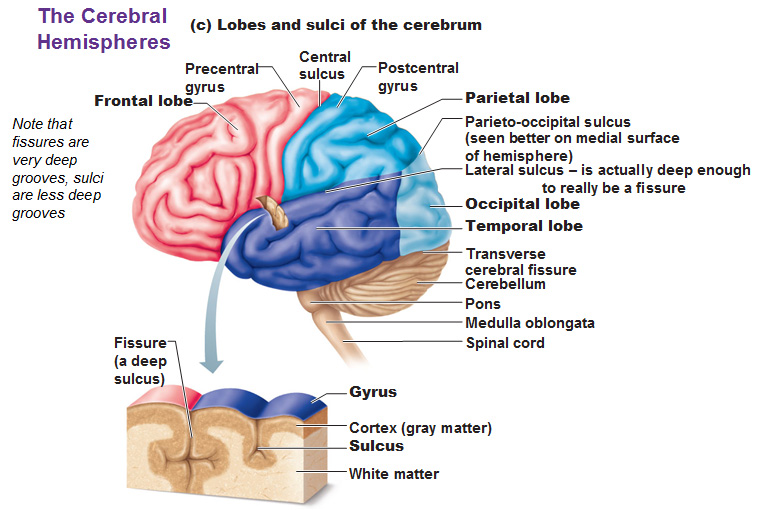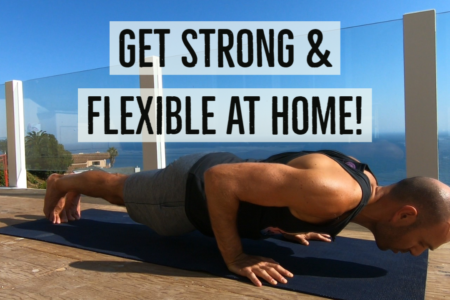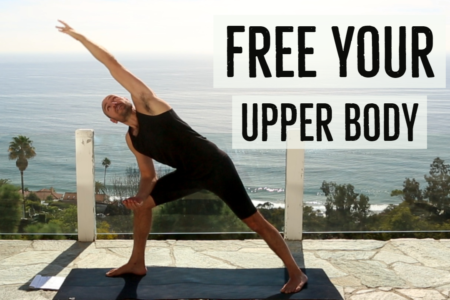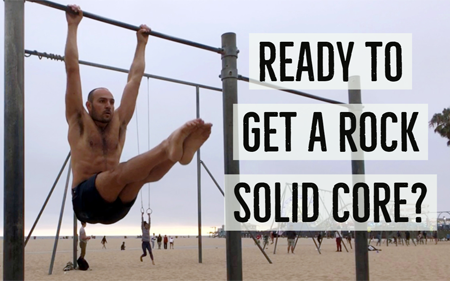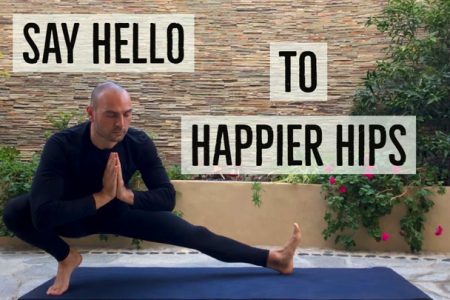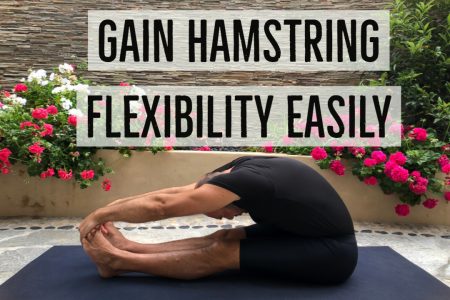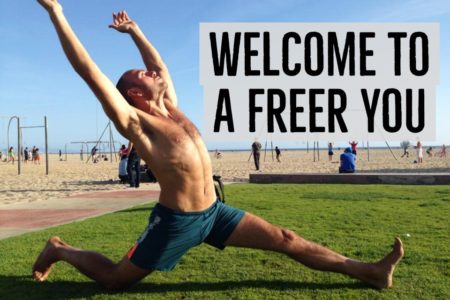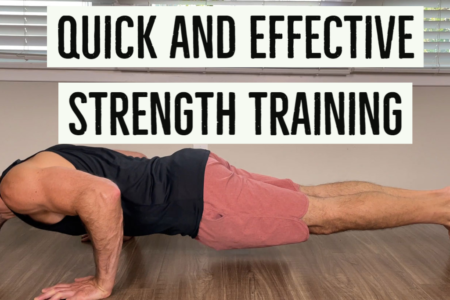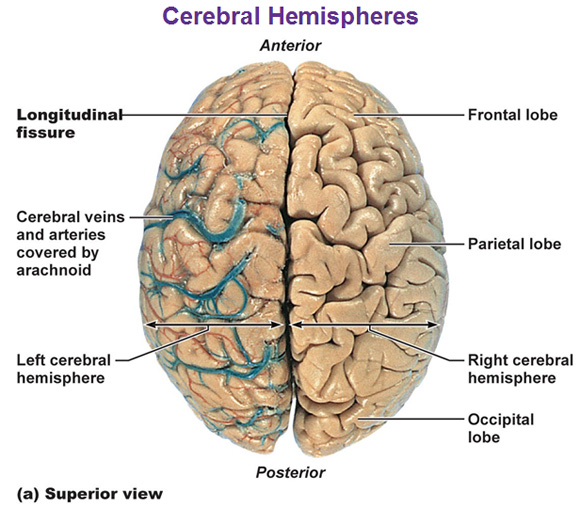
Note the cerebral hemispheres are split by the deep fissure called the longitudinal fissure that runs perfectly in the mid-sagittal position. The lobes are very easy to identify as they are named after the bones that sit right on top of them.
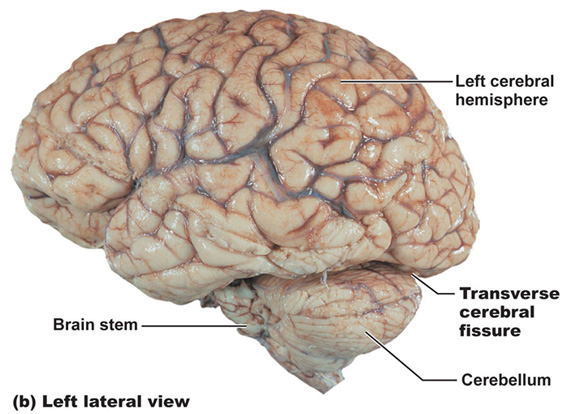
All of the sausage looking things are the gyri (gyrus is singular, it means round). The ones that are not so deep are the sulci (sulcus is singular, it means furrow/trench). A fissure is like a deep sulcus. The central sulcus has two specific gyri, the precentral gyrus and postcentral gyrus.
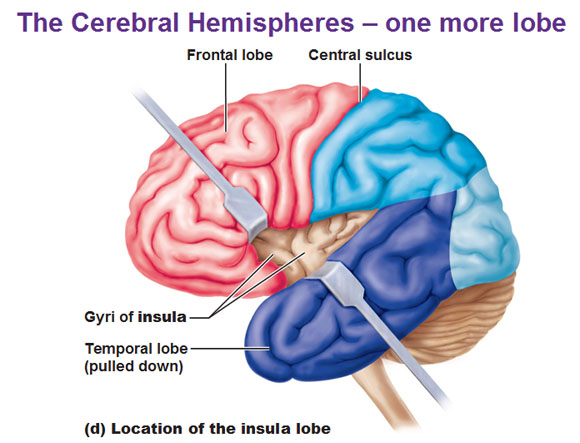
Gray and white matter of the cerebral hemispheres
The cerebral cortex is the outermost layer that is made up of all the gyri (sausage looking things!) and is made of gray matter that makes up the conscious brain. It consists of neuron cell bodies and short, unmyelinated axons with no fiber tracts. The cerebral cortex enables us to be aware of ourselves and our sensations, initiate and control voluntary movements and communicate, remember and understand.
The cerebral cortex used to be identified by 47 structures known as the Brodmann areas but now we have a much better defined map because of fMRI. They are now more specifically known as cortical and association areas which are discussed in the next post (Functional areas of the cerebral cortex). Very few of the original Brodmann areas remain.
We find white matter internal to the cortex. And even deeper to that we find gray matter again which consists of brain nuclei.
How much of our brain do we really use?
All of it! From an evolutionary standpoint our brains wouldn’t be as big as it was if we didn’t use it. Nature doesn’t like waste. The we-only-use-10% thing is a myth that came about in the late 19th/early 20th century with the advent of psychology and brain research. The facts, over time were misconstrued by the public and especially by self-help entrepreneurs. Surely only some parts of your brain are used at times but all of it is important.
Use this Table of Contents to go to the next article
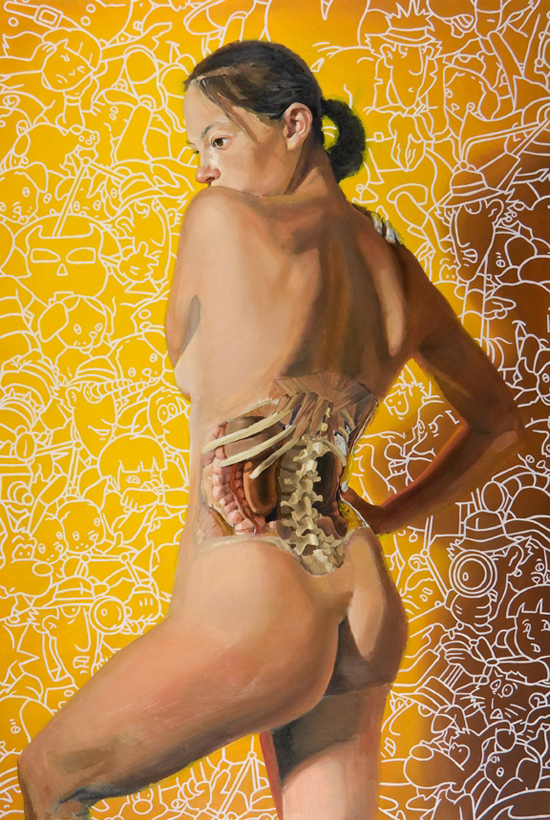
YOU ARE HERE AT THE CNS
